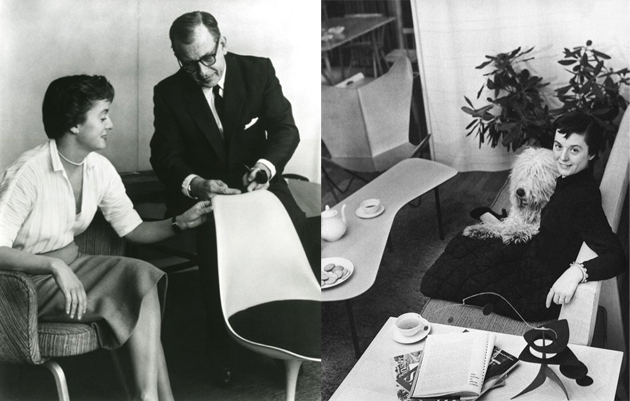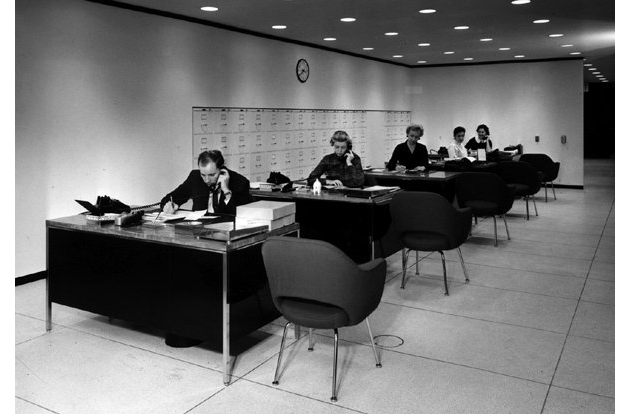If you think about Modernist designers, there probably won’t be any women among the names that pop in your mind. We might think about Mies van der Rohe, Charles Eames or Eero Saarinen, but, as Alice Rawsthorne stated in a recent article published by the New York Times, history rarely remembers female protagonists of the Bauhaus or designers like Eileen Gray, Charlotte Perriand or Florence Knoll Bassett.
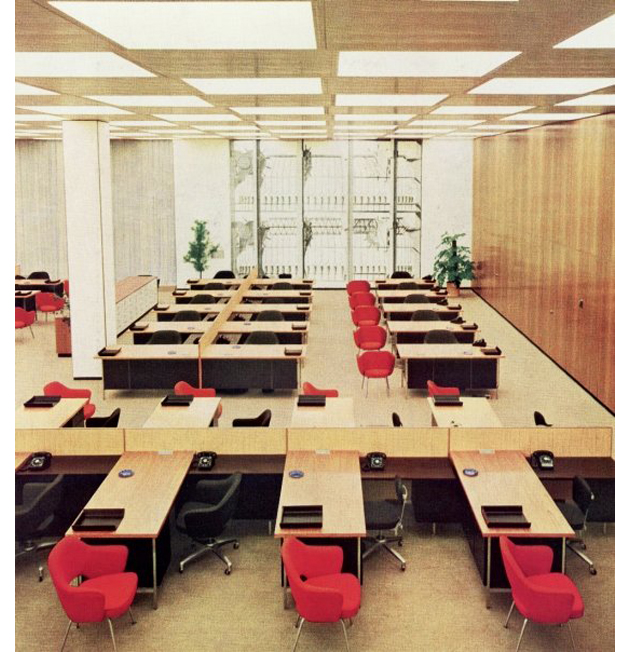
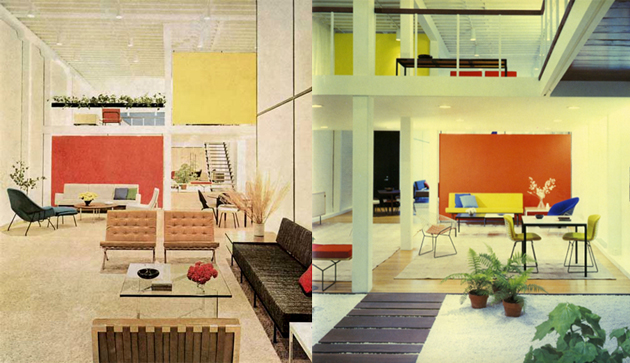
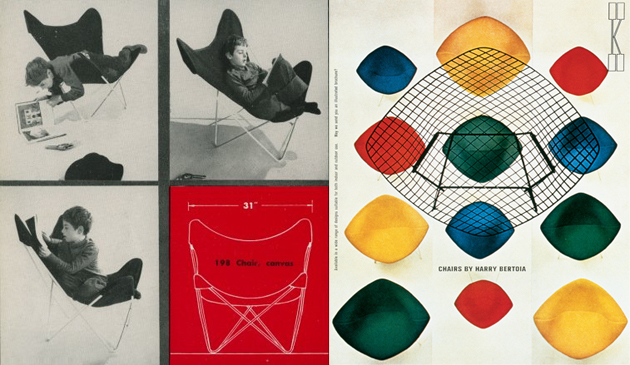
The latter, who in less than a month will be turning 96, has silently influenced both the company that carries her name as well as what we regard as modern office design. Florence Knoll Bassett was born on the 24th of May 1917 and has studied to become an architect under Mies van der Rohe and Eliel Saarinen, two protagonist of Modernist design whom she would later refer to as her masters. In 1943 she met Hans Knoll, who would become her husband, and started working at his furniture company creating the Knoll Planning Unit, a sort of in-house design office that would develop specific projects for a long list of international clients.
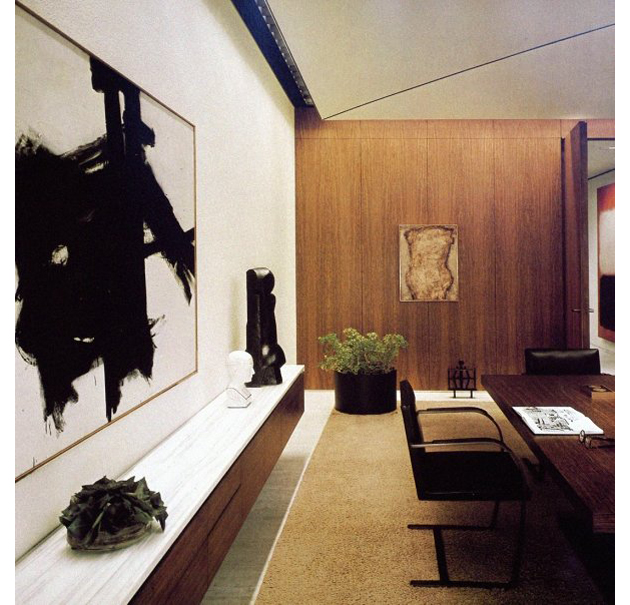
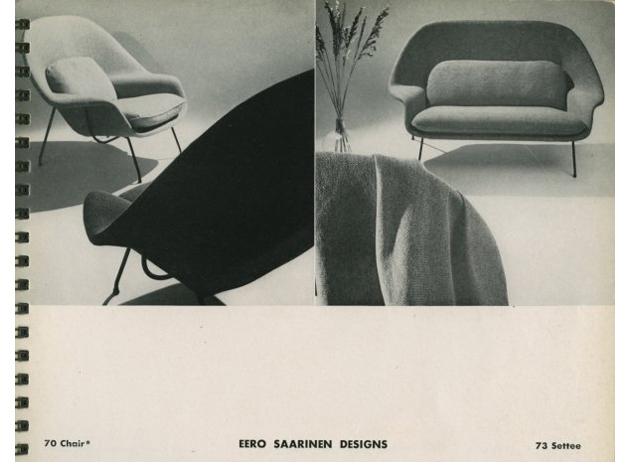
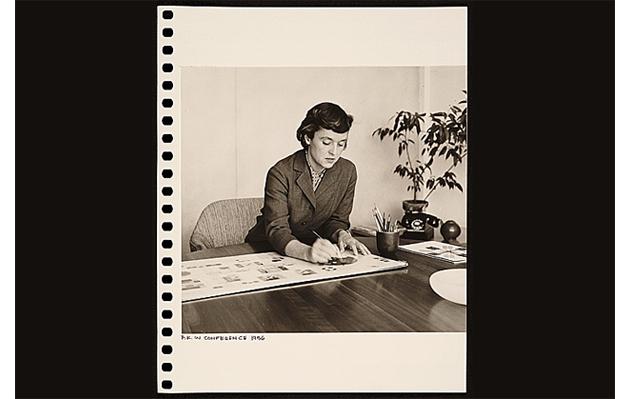
Even though her work is highly influential for the contemporary design of the office space (where we pass much of our time every single day), she stated “I never considered myself a furniture designer, and still don’t. I designed furniture because it was needed for a specific plan. It was really people like Saarinen and Bertoia who created very sculptural pieces. Mine were architectural”. In fact, it was she who convinced a long list of Modernist designers to work with Knoll, like Mies van der Rohe, who surrendered after her promise that his furniture would never be produced in outrageous colours or materials.
Even though Florence Knoll Bassett left the professional design sphere in 1965, her approach to design as a practice still remains highly significant of a particular historical climate and should be reconsidered in the complex contemporary corporate design work. In fact, speaking about her work, Mrs. Knoll Bassett says: “I was fortunate to have good clients. The success of a good project depends upon the compatibility of client and designer”. Nevertheless, if you look back at her career you understand that it would have never happened without her dedication, profound knowledge and wit.
